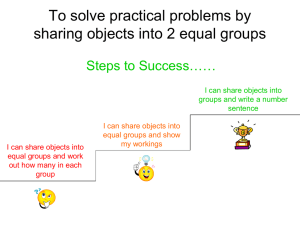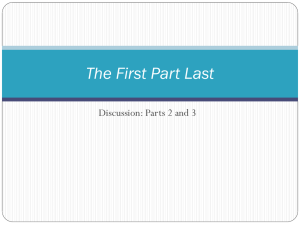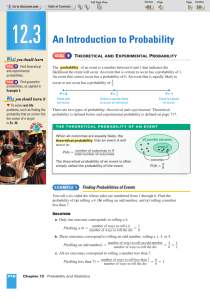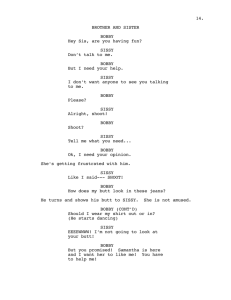Chapter 14: Probability - Village Christian School
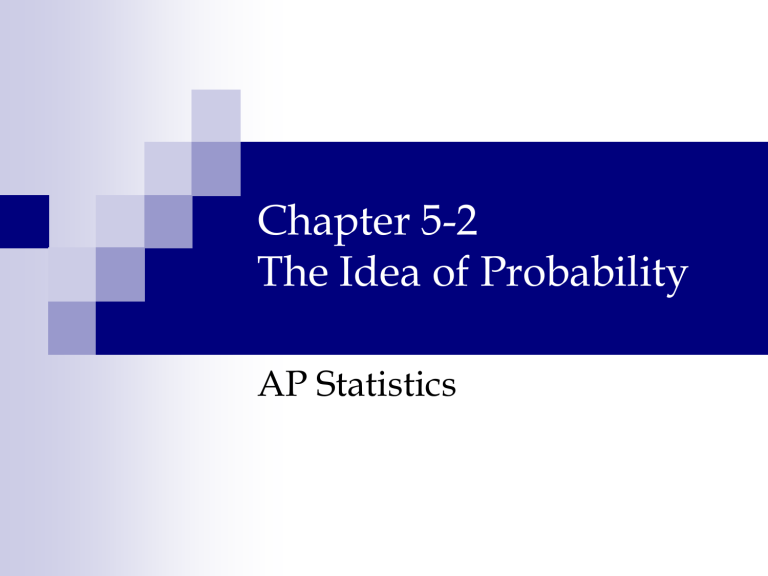
Chapter 5-2
The Idea of Probability
AP Statistics
Classical Definition
The probability of an event E , denoted
P(E), is:
# of outcomes favorable to E
# of outcomes in the sample space
Note: This method for calculating probabilities is ONLY appropriate when the outcomes of an experiment are equally likely.
For example, rolling a die or selecting a card
from a deck are experiments that have equally likely outcomes.
The Relative Approach
When it’s difficult to find a probability, sometimes we use a relative approach and an alternate definition for probability:
# of times E occurs
# of trials as the # of trials becomes very large
From a lopsided-die, how would we find the
P(3)?
# of times a 3 is rolled total # of times the die is rolled
Forming New Events
Two events that have no outcomes in common are said to be disjoint or mutually exclusive .
ex: Bobby Fisher and Borris Spassky are playing chess:
How many possible outcomes are there?
There are three possibilities…
Bobby Fisher winns, Borris wins, or there is a draw
(neither win).
Can Bobby win if Borris wins?
Can Borris win if Bobby wins?
Can either win when there is a draw?
Probability
Venn Diagrams and Probabilities:
How do the Raiders Perform when it rains?
Worksheet
Basic Rules of Probability
Forming New Events
1.
Let A and B denote 2 events:
The event not A consists of all experimental outcomes that are not in event A. This event is often called the complement of A.
2.
3.
The event A or B consists of all experimental outcomes that are in at least one of the two events, that is, in A, in B, or in both A and B.
This event is called the union of events A and
B
The event A and B consists of all experimental outcomes that are in BOTH of the events A and B. This event is called the intersection of events A and B
Examples
1.
Find the probability of each of the following:
P(rolling a 6) = ?
2.
3.
4.
P(rolling an even #) = ?
P(drawing the queen of spades) = ?
P(drawing any queen) = ?
Which of these events are simple events ?
Here are some events where the outcomes are not equally likely:
Letter grade on the next exam:
P(A) ≠ P(B) ≠ P(C) ≠ P(D) ≠ P(F) ≠ 1 / 5
If the probabilities are not equally likely, you cannot use the classical definition.
The Relative Approach
What is the probability of drawing a face card if I have a messed up collection of cards that includes several decks that have been mixed together with many of the cards missing?
If I were to draw a card from the scrambled deck, what are the possible outcomes? Are they equally likely??
How can I estimate P(face card)?
I can repeatedly draw cards and keep track of the ratio:
P ( face card)
# of face cards total # of cards drawn
Forming New Events
List all possible outcomes in the following events:
A c
A B
A B
A
B c
A
A c

